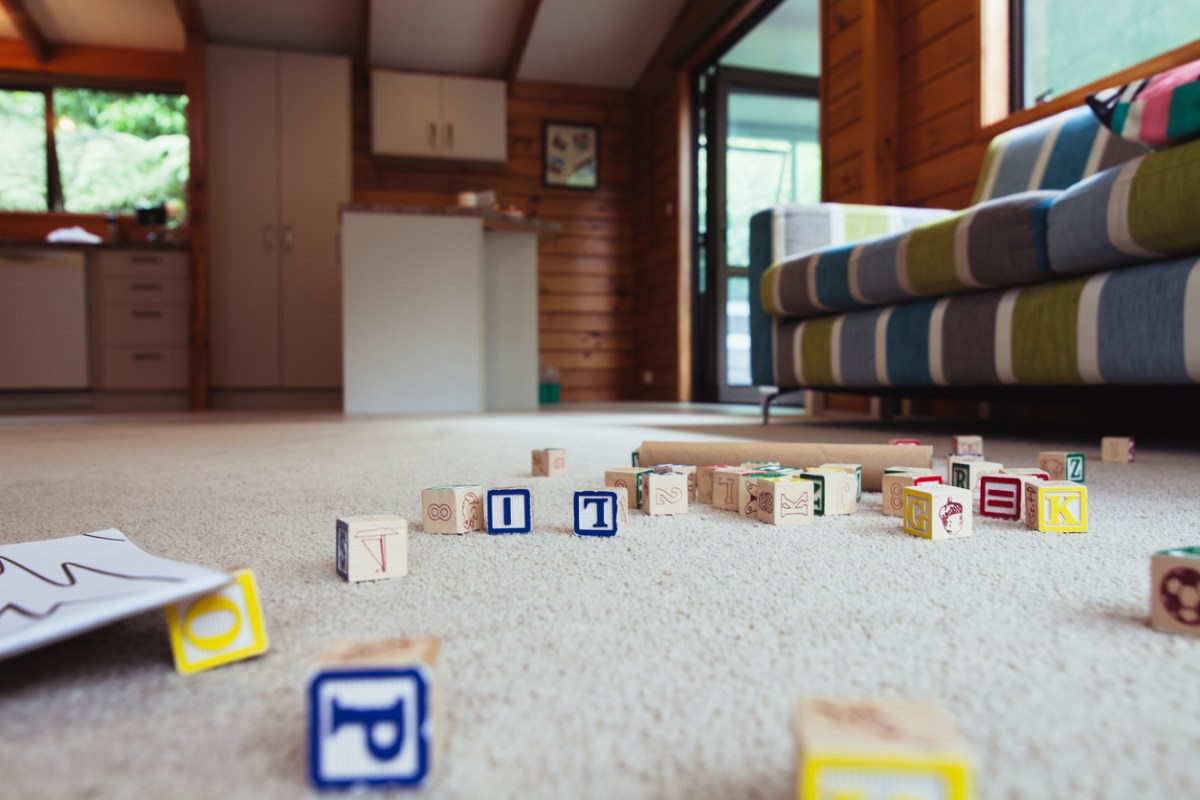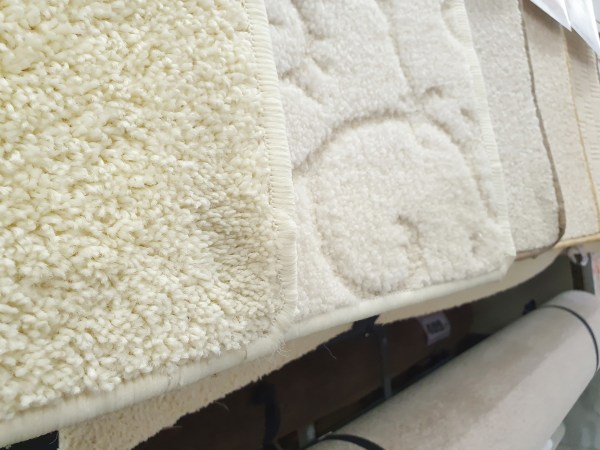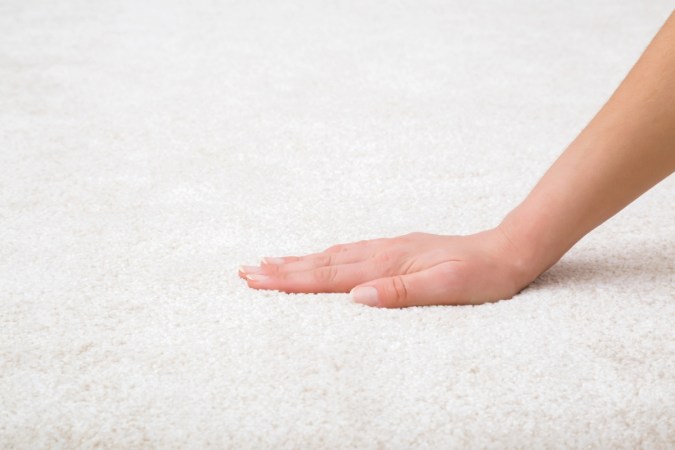We may earn revenue from the products available on this page and participate in affiliate programs. Learn More ›
Whether you’re remodeling the whole house or freshening up only a few rooms, new floor coverings can revive spaces that have seen better days. When considering putting wall-to-wall carpeting down on your floors, there are some things you should know:
How carpets are made
Carpets are made in one of three ways.
- Woven carpets are made with the tufts woven into the carpet backing.
- Tufted carpets have fiber loops (or tufts) inserted into a prewoven backing.
- Non-woven carpets have tufts that are bonded to the backing.

What carpets are made of
Carpets are made of wool, a blend of silk and wool, and cotton, as well as a wide variety of synthetic materials, including acrylics, nylon, polyester, and olefin.
Natural fibers tend to stain more easily than the artificial ones. If you plan to install carpeting in a high-traffic room—if yours must withstand the demands of children, pets, and frequent family gatherings—save yourself headaches by choosing an easy-to-clean product. Nylon can’t be beat for durability. It’s know for colorfastness, stain-resistance, and a high level of resilience against everyday wear and tear.
How long carpeting lasts
Most good quality carpets, regardless of the fiber used, will hold their color and wear for many years, provided adequate care, beginning with regular vacuuming and annual shampooing.
Generally, the denser the pile yarn the longer the carpeting will keep its tight, thick appearance. With carpeting that has a loose pile, the fibers are likely to separate and relax over time, causing the floor covering to lose its plushness and color vibrancy.
Carpeting vs. area rugs
Area rugs can be used in countless ways (for example, to define areas, add color or pattern, or to deaden sound). But the use of an area rug is really a design decision, whereas carpeting can be a principal flooring surface.
Most wall-to-wall carpeting, regardless of its manufacturing process, is termed broadloom carpet because it leaves the factory in rolls of varying widths, typically 9, 12, or 15 feet. A padding is laid beneath the carpet, then the carpet itself is attached to the floor at the perimeter of room, most often using a tackless strip.
Carpet needs to be laid in a relatively dry setting, since all but olefin carpets tend to absorb moisture.
Choosing the right carpet
The decision about what kind of carpet to use tends to be a very subjective one. Many people feel expensive wool carpets convey prestige; others swear that top-of-the-line nylon is indistinguishable and more durable, too.
Interested in creating an eco-friendly environment at home? Be wary that inferior-quality carpeting products are known to off-gas a mix of latex, polypropylene, polyurethane, polyvinyl chloride and other chemicals. For this reason, recent years have witnessed many people opting for carpeting composed of non-toxic, natural materials.
Look at the options and arrange for estimates from a carpeting contractor. The balancing act of price, availability, texture, color, and pattern should bring you to your decision.

















